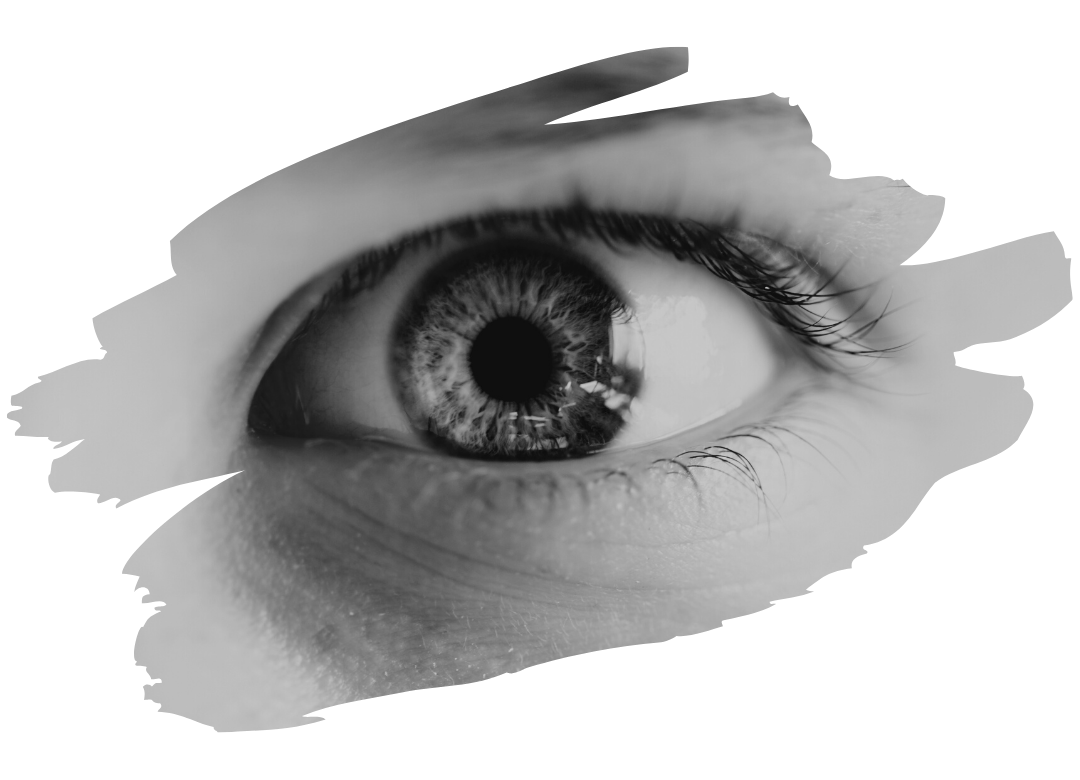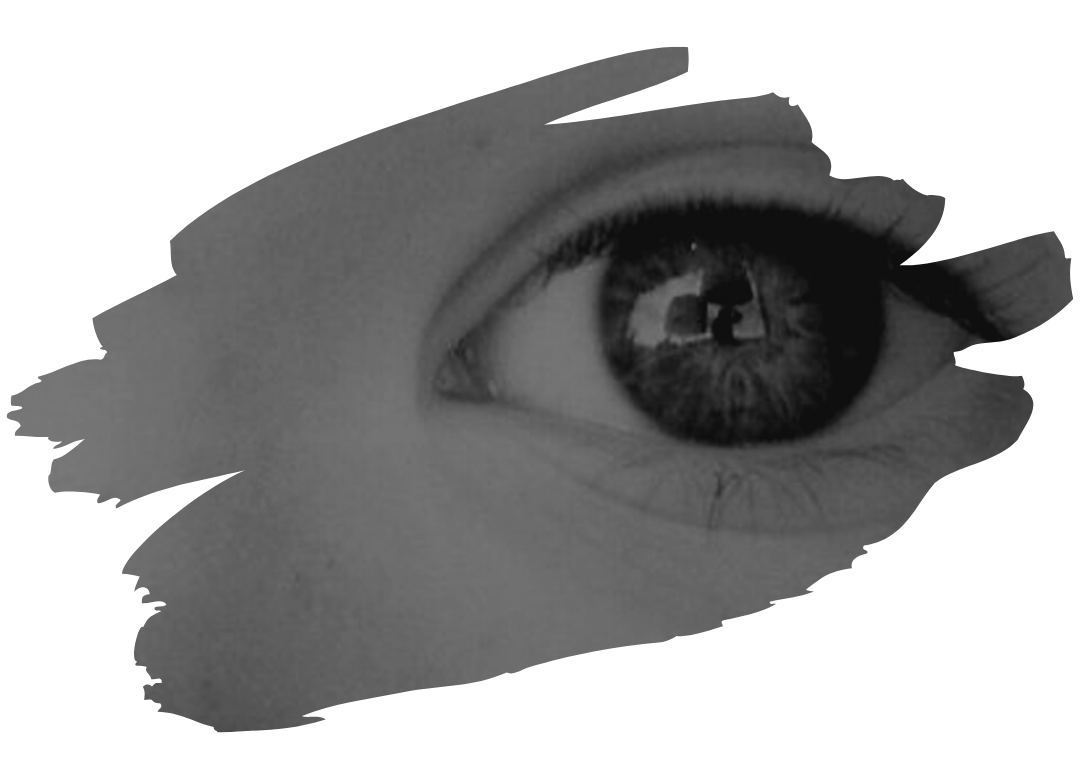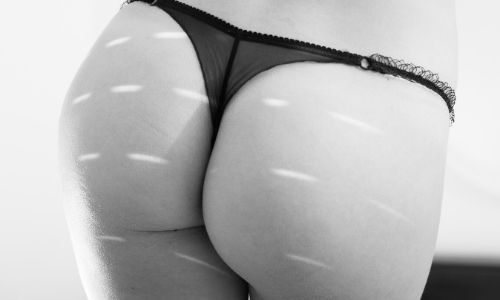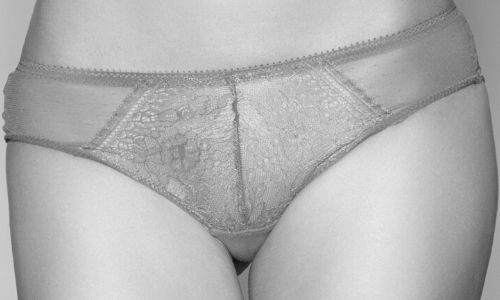The diagnosis of epicanthus is clinical and depends on the origin and configuration of the free fold.
Supraciliaris : Formed when the free fold begins at the midpoint of the eyebrow, flows to the lateral aspect of the nostril and ends over the anterior lacrimal crest. It conceals the medial canthus and caruncle.
Palpebralis : Similar to the epicanthus supraciliaris, except that the fold arises from the tarsal region of the upper eyelid and flows downwards over the medial canthal region and ends at the anterior lacrimal crest.
Tarsalis : This normally occurs in Asians, the epicanthal fold extends along the length of the upper eyelid, hides the roots of the eyelashes and ends in a fold in the medial canthus. It may not cover the medial canthal structures and caruncle.
Inversus : It occurs when the fold in the middle eyelid arises in the lower eyelid and runs upwards, closing the medial canthus angle and ending in the upper eyelid, which may or may not be affected. The shape of the palpebral fissure is quadrangular instead of elliptical.
Lazy eye is rare in association with Epicanthus and is usually associated with other problems such as anisometropia and astigmatism.
No spinal abnormalities have been reported in patients despite compensatory head tilt for drooping eyelids.
These articles are written for informational purposes. You should consult your doctor to determine whether the procedure is performed and the appropriate treatment for you.










